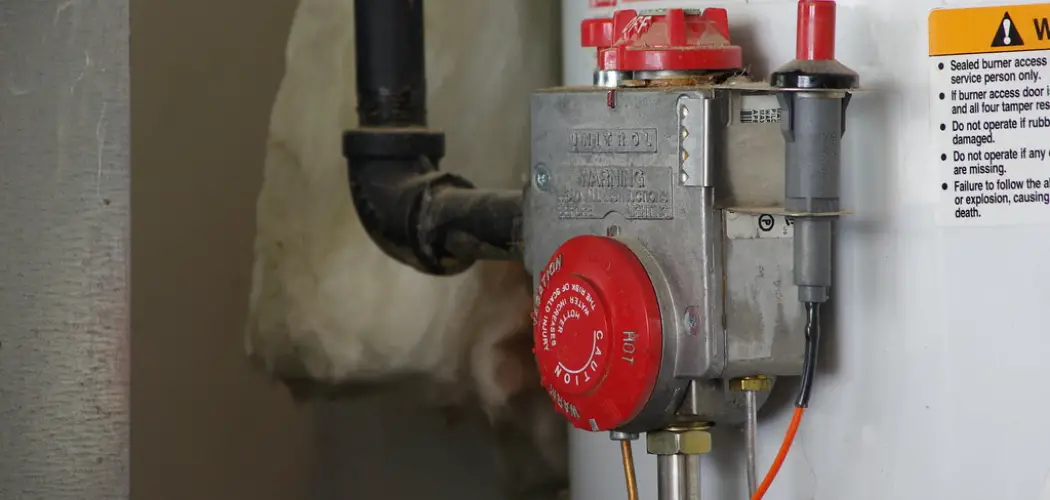Welcome to our blog on how to turn off water at water heater, fellow homeowners and DIY enthusiasts! Are you tired of feeling anxious whenever you have a leak or need to make a repair near your water heater? Or maybe you’ve witnessed others struggle with turning off the water when their appliance malfunctions.
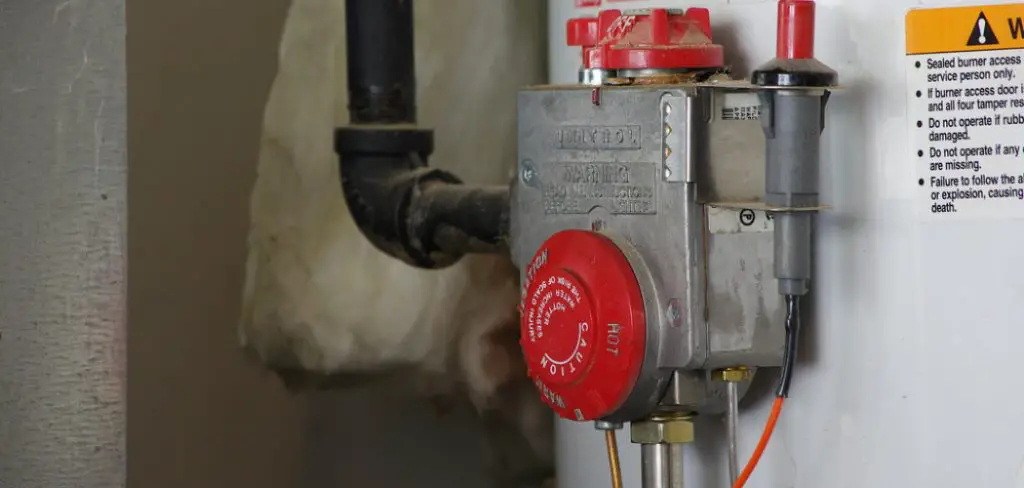
Well, fear not because today we are sharing an important skill that every homeowner should have in their toolkit – how to turn off the water at your water heater.
In this post, we’ll walk you through the simple steps on how to safely shut off the water supply at your hot water tank and give some tips on when it’s necessary to do so. So grab a cup of tea (or coffee) and get ready to become more confident in handling household emergencies as we dive into this essential home maintenance task. Let’s get started!
Safety Precautions
Before we begin, it’s important to note that turning off the water at your water heater can be hazardous if done incorrectly. We highly recommend following these safety precautions before proceeding:
- Make Sure You Know Where the Main Water Shut-off Valve is Located in Case of Emergency.
- Turn Off All Electricity or Gas Supply to Your Hot Water Tank Before Attempting to Turn Off the Water.
- Use Protective Gear (such as gloves) to Avoid Contact with Hot or Scalding Surfaces.
- If You Have Any Doubts or Uncertainty, Call a Professional Plumbing Service to Assist You.
Now that we’ve got safety covered let’s move on to the main steps of turning off your water heater and its supply.
9 Easy Step-by-step Guidelines on How to Turn Off Water at Water Heater
Step 1: Identify the Type of Water Heater
The process of shutting off the water supply can vary depending on the type of water heater you have. The most common types are gas and electric, and each will require a slightly different approach. You can identify the type of your water heater by checking its label or looking up the model online.
Step 2: Turn Off the Power Supply
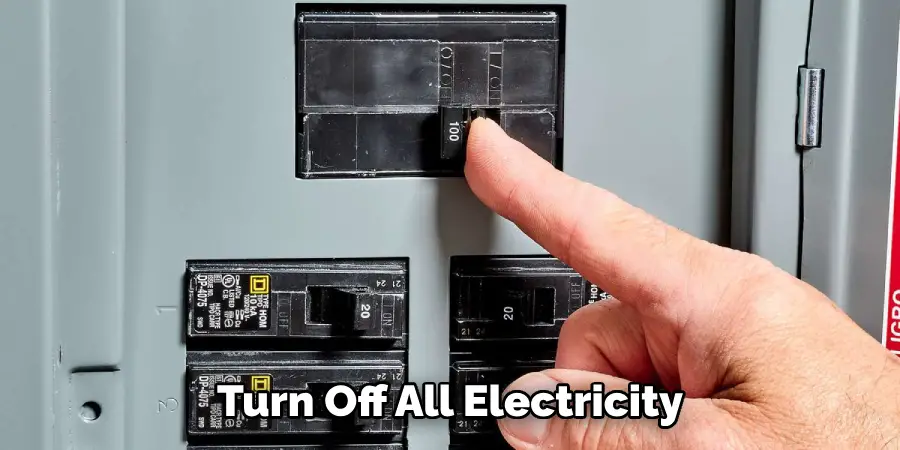
Before shutting off the water, make sure to turn off all electricity or gas supply to your hot water tank. If you have a gas heater, turn the knob on the thermostat to “pilot” or “off.” For an electric heater, switch off the circuit breaker that controls it. But remember: Never touch any electrical parts or switches while standing in water.
Step 3: Locate the Water Shut-off Valve
Find and familiarize yourself with where the water shut-off valve is on your hot water tank. It is usually located at the top of a gas heater and near the bottom of an electric one. You can also trace the cold water pipe to find it. It’s important to note that some older models may not have a shut-off valve – in this case, you can skip this step and proceed to step 7.
Step 4: Close the Water Shut-off Valve
Once you’ve located the water shut-off valve, turn it clockwise (to the right) to close it. You’ll know it’s closed when you no longer see water flowing into the tank. It’s important to note that some valves may be stiff or require a wrench to turn. But be careful not to force it, as this could cause damage.
Step 5: Open a Hot Water Faucet
To release any pressure that may have built up in the tank and avoid potential accidents, open a hot water faucet near your heater. Allow it to run for a few minutes until the water stops flowing, and then close it once more. You can also open a valve on the pressure relief pipe to release any remaining pressure.
Step 6: Find the Drain Valve
Located near the bottom of your heater, you’ll find a drain valve that allows you to empty the remaining water in your tank. It’s usually a small handle or knob that can be turned by hand. You can also attach a hose to the valve and direct the water away from your home. It’s good to have a bucket or large container nearby to catch the water.
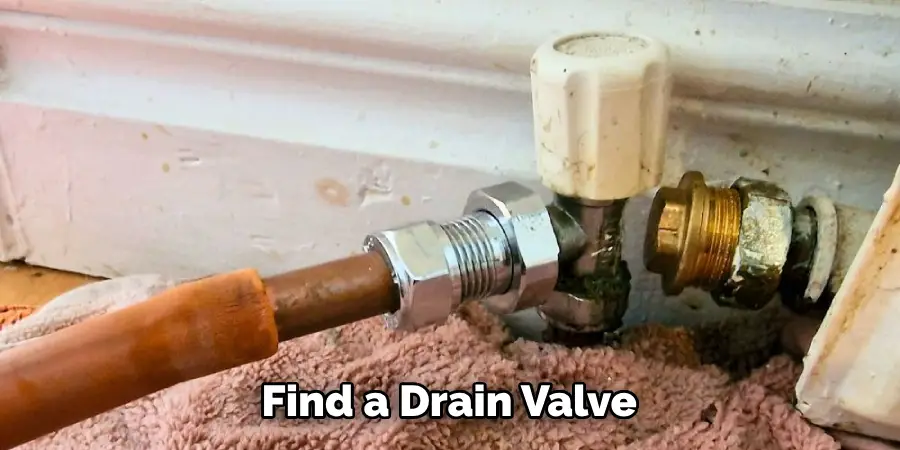
Step 7: Turn Off the Cold Water Supply
If your heater doesn’t have a shut-off valve, you’ll need to turn off the cold water supply that feeds into it. Locate and close the valve on the pipe leading into the heater – this will stop any additional water from entering the tank. It’s important to note that turning off the cold water supply will also affect any other appliances that use hot water in your home.
Step 8: Drain the Tank
With the water supply shut off, you can now drain any remaining water in the tank through the drain valve. Make sure to let all the water run out before closing the valve again. Otherwise, you may end up with a small pool of water that can cause damage if left unattended. It’s also important to note that some tanks may take longer to drain than others, depending on their size.
Step 9: Check for Any Leaks
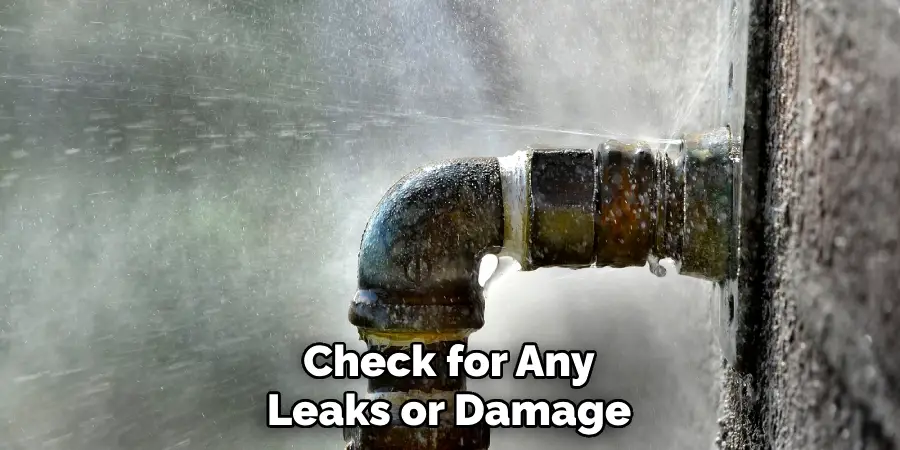
After turning off the water supply and draining your tank, it’s a good idea to check for any leaks or damage. This will give you time to address any issues before turning the water back on and potentially causing more problems. Inspect all valves, pipes, and connections around your heater to make sure everything is secure.
Following these simple steps on how to turn off water at water heater, you now know how to turn off the water at your water heater. Remember to always follow safety precautions and consult a professional if needed.
Having this knowledge will not only save you from potential disaster but also give you the confidence to handle any minor repairs or maintenance that may arise in your home. Stay safe and stay prepared!
Do You Need to Get Professional Help?
If you have any doubts or uncertainty about turning off the water at your water heater, we highly recommend contacting a professional plumbing service for assistance. They will be able to guide you through the process and ensure that it is done safely and correctly.
It’s always better to seek help rather than risk making costly mistakes that could cause more significant damage to your home. Keep this in mind and stay safe!
With these guidelines, you can now confidently turn off the water at your water heater whenever needed. Just remember to always keep safety first and seek professional help if necessary. Now that you know how to turn off the water at your water heater, you are one step closer to being a knowledgeable homeowner. Good luck!
Frequently Asked Questions
Q: Why is It Important to Turn Off the Water in Your Hot Water Tank?
A: Turning off the water supply at your hot water tank can prevent potential accidents, save you from costly damage, and give you peace of mind when handling any repairs or maintenance. It’s also useful to know in case of emergencies, such as a burst pipe or leaking tank.
Q: How Often Should I Turn Off the Water Supply at My Hot Water Tank?
A: It’s recommended to turn off the water supply and drain your hot water tank once a year for maintenance purposes. In addition, it’s good practice to shut off the water if you’re going on vacation for an extended period or if you notice any leaks or issues with your tank.
Q: Can I Turn Off the Water at My Hot Water Tank If I Have an Electric Heater?
A: Yes, electric heaters also have a shut-off valve that can be turned off to stop the water supply. However, make sure to turn off the circuit breaker that controls the heater first to avoid any potential electrical hazards.
Q: Is It Necessary to Empty the Water from the Hot Water Tank?
A: Yes, it’s essential to drain your hot water tank after turning off the water supply. This prevents any remaining water from sitting stagnant and potentially causing damage or bacterial growth. Additionally, draining the tank can help with flushing out sediment buildup and extending the life of your water heater.
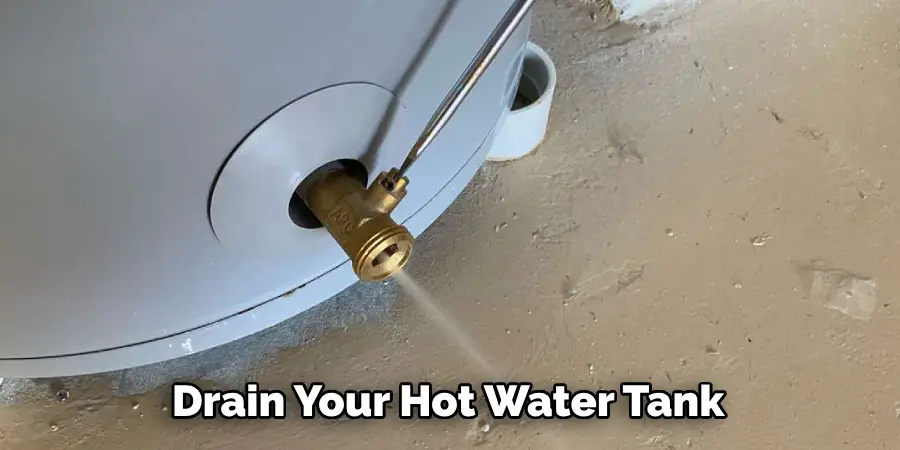
Conclusion
In conclusion on how to turn off water at water heater, the seemingly daunting task of turning off your water heater does not have to be a difficult or stressful process. Armed with the knowledge and steps outlined in this blog post, you can confidently take control of your home’s water supply and save yourself from potential disasters and costly repairs.
Remember, always prioritize safety by following proper precautions when handling any electrical appliances, and do not hesitate to seek professional help if necessary.
Turning off your water heater may seem like a small step, but it can have significant benefits in terms of energy efficiency and household maintenance.
So go ahead and put these steps into action today! Let’s aim for a more environmentally friendly and cost-effective future for ourselves and our planet. Now, go forth and become a water heater pro!

